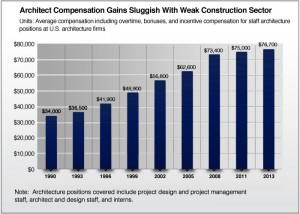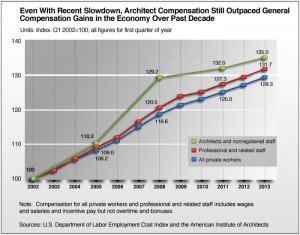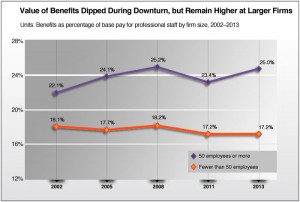8 Factors that Affect an Architect’s Salary

Overall, an architect’s salary level has various factors playing a role, and architects must consider these factors when determining their earning potential.
The salary of an architect can vary widely depending on several factors, such as their experience, location, and the type of work they are engaged in. While some architects may earn lower salaries, there are several reasons why this may be the case:
- Supply and Demand: There are more architects than available positions, which can drive down salaries.
- Industry Competition: The architecture industry is highly competitive, and firms may be willing to hire less experienced architects at lower salaries.
- Project Budgets: Clients may have limited budgets for architectural services, which can result in lower fees for architects.
- Time and Effort: Architecture is a time-intensive profession that requires years of education and training. It can take a long time for an architect to become established and earn higher salaries.
- Public Perception: The public may not fully appreciate the value of architectural services, which can limit the amount that clients are willing to pay for them.
- Economic Factors: Economic downturns can also affect the demand for architectural services, reducing salaries in the field.
- Company Policies: No two firms’ compensation packages are alike. Choose a firm that wants to retain its employees over the long term and find a firm with good business acumen.
- Firm Size: Sole proprietors with one or two employees will deploy a different compensation package.
While architects certainly require artistic abilities to create beautiful and functional buildings, the success of an architectural practice also depends on its business acumen. Architecture firms must manage finances, attract clients, and navigate the legal and regulatory landscape like any other business.
Many successful architects are also skilled businesspeople. They understand how to market their services, manage finances, negotiate contracts, and navigate the industry’s complexities. They also have strong leadership and management skills, which are crucial for managing a team of professionals, overseeing multiple projects simultaneously, and building solid relationships with clients and contractors.
It’s worth noting that while artistic ability is a critical component of an architect’s skill set, it is not the only factor that determines their success. Good communication skills, problem-solving ability, attention to detail, and knowledge of technical requirements are also necessary. Additionally, architects must keep up with emerging technologies, sustainable design practices, and changing industry trends to remain competitive. In short, while artistic talent is essential to an architect’s skill set, successful architects must also have business acumen and leadership skills to thrive in their profession.













